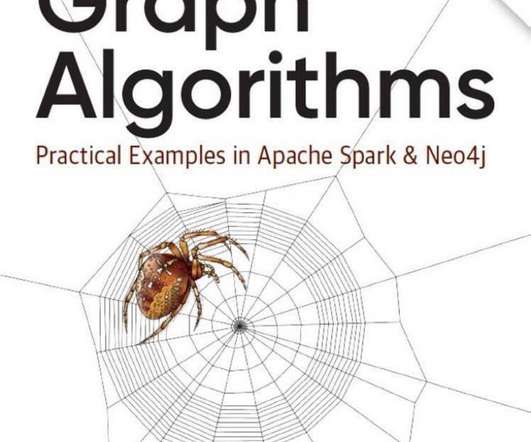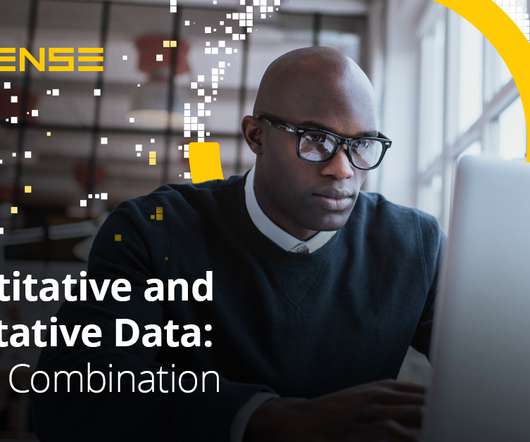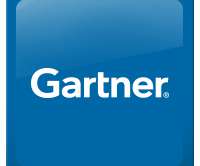The Power of Graph Databases, Linked Data, and Graph Algorithms
Rocket-Powered Data Science
MARCH 10, 2020
The book Graph Algorithms: Practical Examples in Apache Spark and Neo4j is aimed at broadening our knowledge and capabilities around these types of graph analyses, including algorithms, concepts, and practical machine learning applications of the algorithms. Your team will become graph heroes.
























Let's personalize your content